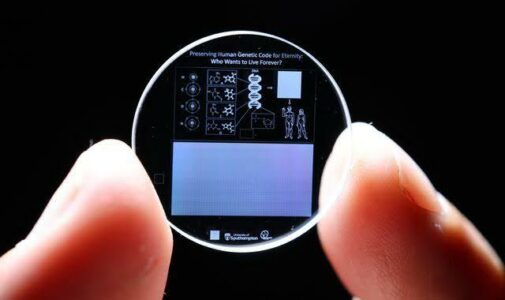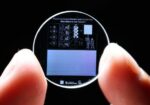Researchers have encoded the entire human genome onto a “5D memory crystal” as a precaution in case our species faces extinction. Even if this effort ultimately fails, the device could theoretically provide our genetic code to a future sentient being, even if it takes billions of years for them to discover it. For over a decade, crystal has been regarded as the gold standard for durable data storage. More specifically, a nanostructured glass disc developed in 2014 by a team led by optoelectronics professor Peter Kazansky at the University of Southampton. This 360-terabyte data crystal can remain stable at room temperature for 300 quintillion years, and its lifespan only reduces to 13.8 billion years (the current age of the universe) if exposed to temperatures of 374 degrees Fahrenheit. With the ability to withstand extreme temperatures, direct impacts up to 10 tonnes per square centimetre, and prolonged exposure to cosmic radiation, it holds the Guinness World Record for the most durable digital storage medium. Given the growing concerns about the reliability of today’s digital landscape, it is one of the prime choices for securely archiving electronic information.

